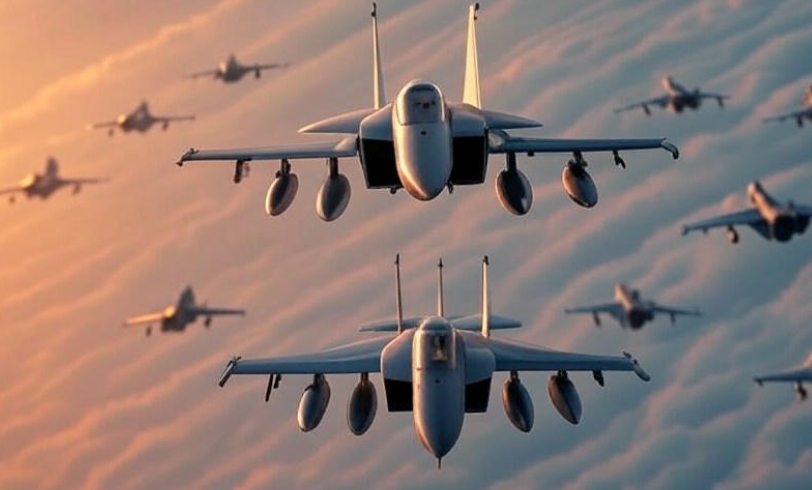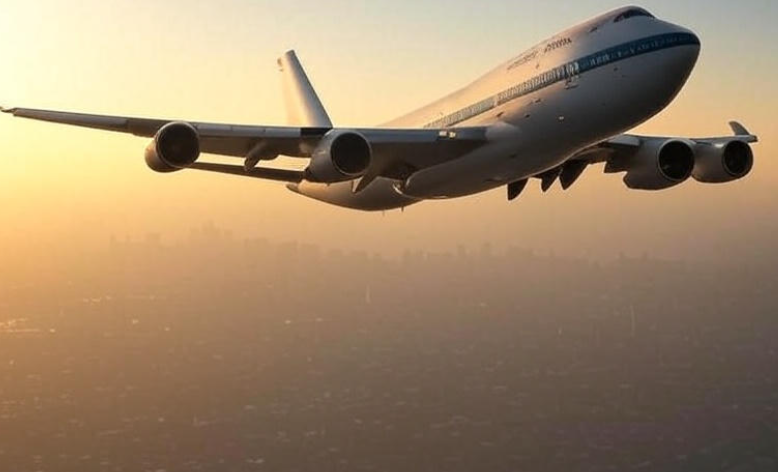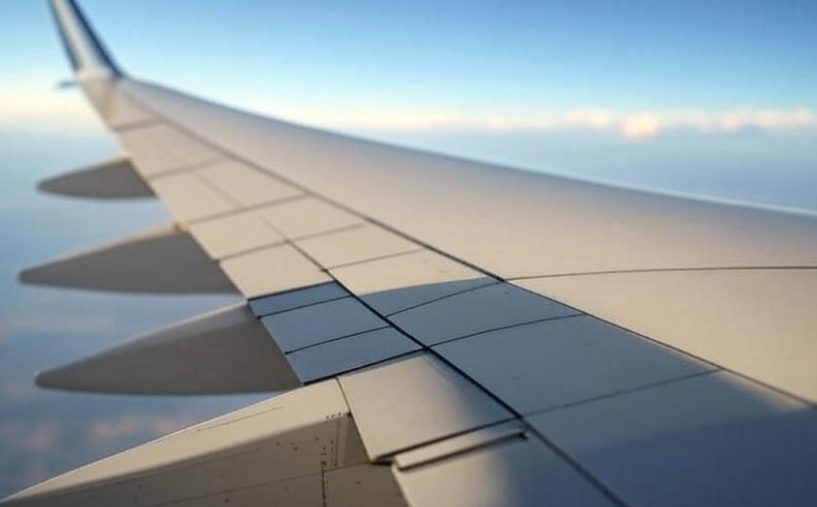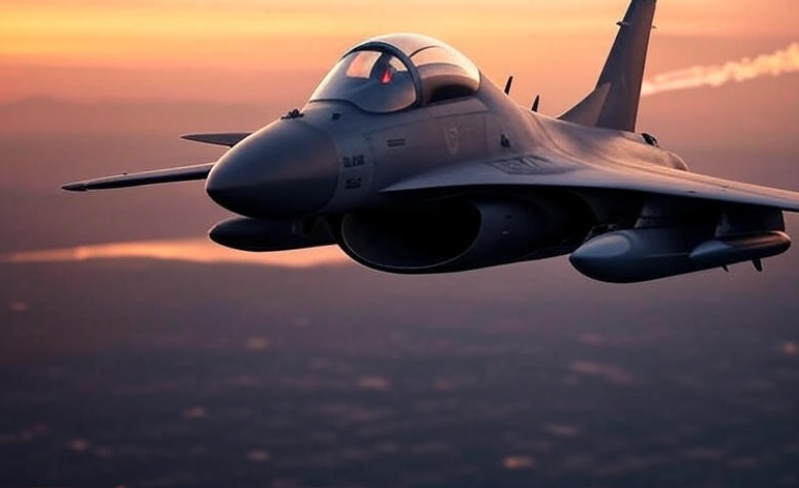In recent years, commercial and private jets have been soaring to unprecedented altitudes. But why are they flying higher than ever before? Let’s explore the factors driving this trend.
Advancements in Aircraft Design
Modern jets are engineered with cutting-edge technology that allows them to reach higher altitudes efficiently. Enhanced aerodynamics and lightweight materials reduce drag, enabling aircraft to climb higher with less fuel consumption.
Fuel Efficiency at Higher Altitudes
At higher elevations, the air is thinner, leading to reduced aerodynamic drag. This means engines can operate more efficiently, burning less fuel while maintaining speed. As a result, airlines can offer longer flights with fewer refueling stops.
Avoiding Turbulence for Smoother Flights
Flying at higher altitudes helps aircraft avoid turbulent weather patterns. By cruising above storm systems and jet streams, passengers experience a smoother ride with less discomfort.
Increased Air Traffic Management
As the number of flights increases globally, air traffic control systems have adapted to manage congestion. By assigning different flight levels to various aircraft, airspace is utilized more efficiently, allowing for safer and more organized travel.
Technological Innovations in Navigation
Modern jets are equipped with advanced navigation systems that enable precise altitude control. GPS and satellite-based technologies allow pilots to adjust flight paths in real-time, optimizing altitude for fuel efficiency and safety.
Environmental Considerations
Flying at higher altitudes can also have environmental benefits. By reducing fuel consumption, aircraft emit fewer greenhouse gases, contributing to efforts in combating climate change.
Economic Factors
Airlines aim to reduce operational costs, and flying at higher altitudes can lead to significant savings. Lower fuel consumption translates to reduced expenses, which can be passed on to consumers in the form of lower ticket prices.
Enhanced Passenger Comfort
Higher cruising altitudes often mean quieter cabins and more stable conditions. With less atmospheric interference, passengers can enjoy a more comfortable flying experience.
Future Trends in Aviation
Looking ahead, the trend of flying at higher altitudes is expected to continue. Ongoing research and development in aircraft technology will likely lead to even higher cruising levels, further enhancing efficiency and passenger comfort.
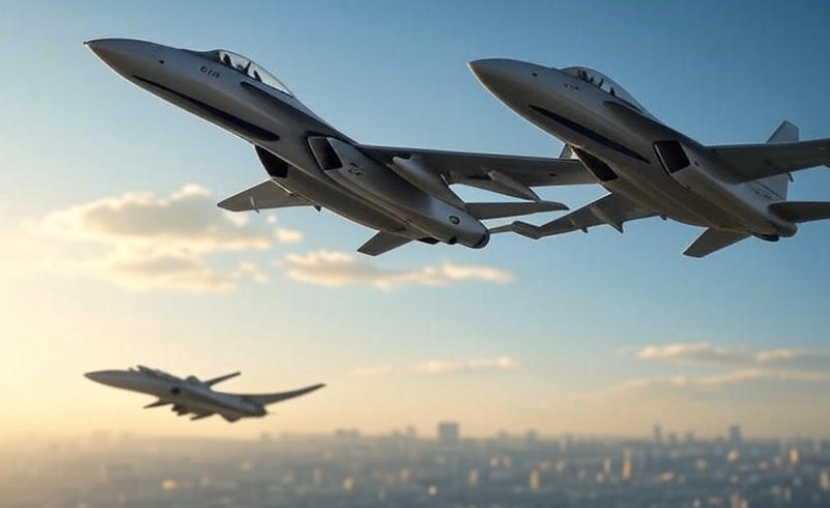
Conclusion
The shift towards higher flight altitudes in modern aviation is driven by a combination of technological advancements, economic considerations, and environmental factors. As the industry continues to evolve, passengers can look forward to more efficient, comfortable, and sustainable air travel experiences.
FAQs
Q: Why do jets fly at such high altitudes?
A: High altitudes reduce air resistance, allowing jets to fly more efficiently and save fuel.
Q: Does flying higher affect passenger comfort?
A: Yes, higher altitudes often result in smoother flights with less turbulence.
Q: Are higher altitudes safer for flying?
A: Higher altitudes can offer better avoidance of weather systems and air traffic, contributing to overall safety.
Q: Will future jets fly even higher?
A: Ongoing advancements in aviation technology suggest that future jets may operate at even higher altitudes for improved efficiency and comfort.

